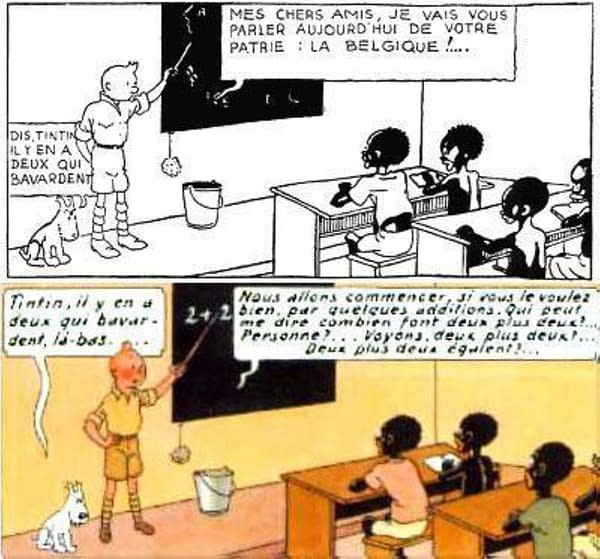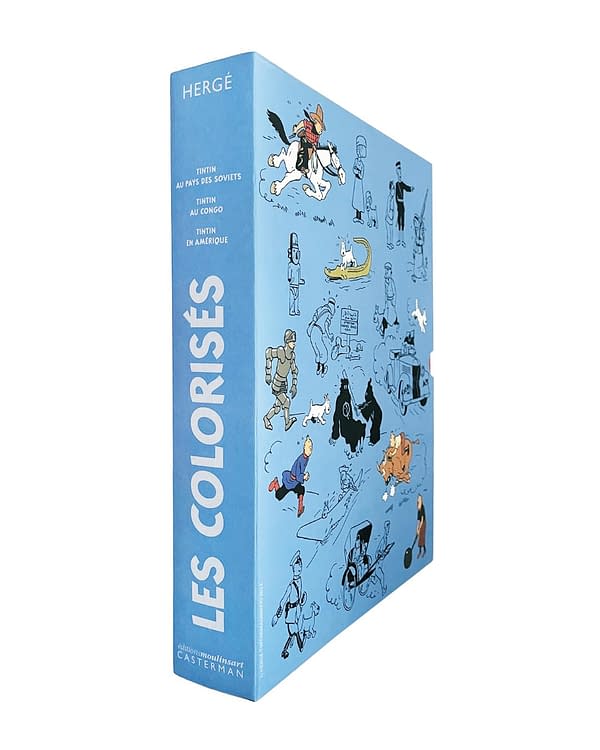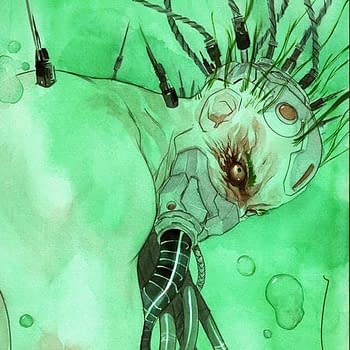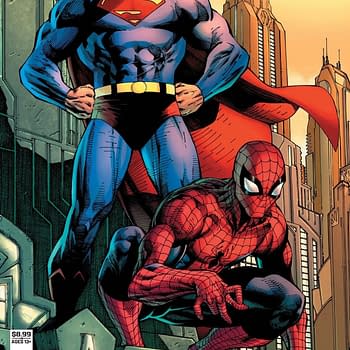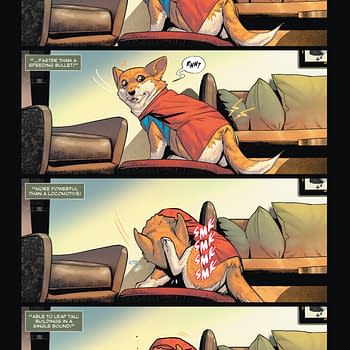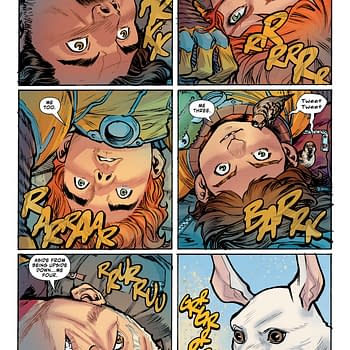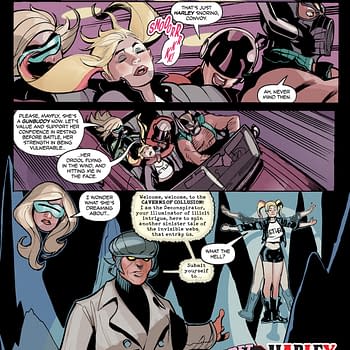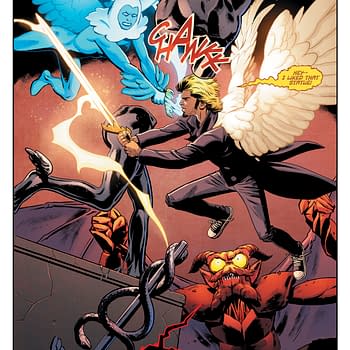Posted in: Comics, Current News | Tagged: racism, tintin, Tintin in the Congo
Tintin In The Congo Republished With Racism In Context
A new version of Herge's Tintin In The Congo has beem published with a new preface addressing the racism controversy around the book.
Article Summary
- New edition of Tintin In The Congo includes preface contextualizing its racism.
- Philippe Goddin and Patrick Lozes discuss colonial context in the preface.
- The book faced a 2012 court case but was not banned due to time-period norms.
- Les Colorisés republishes Tintin's first three adventures with fresh colors.
Herge's Tintin In The Congo published in 1931 has a well-deserved reputation for a stereotypical, colonialist and racist viewpoint of the Congolese native population as part of the Belgian Empire. So much so that even Herge would revisit it and re-edit it to make it not quite so much on the nose, during his lifetime. It spawned a 2012 court case, during which a Belgian court ruled that the 1946 edition of the book did not break anti-hate laws, chalking it up to "the attitudes of the day and not a deliberate attempt to incite racism". Congolese campaigner Bienvenu Mbutu Mondondo had been for years seeking a ban on the book as he believed the portrayal of Africans was "a justification of white supremacy" as detailed in an article by The Independent from 2012.
Despite being the second volume published in France, it was the last to see publication in English, only made available in 1991, and never in the United States Of America – though originally it was because it portrayed black people at all, even in a racist way. In 2007, the Borders and Waterstones bookshops moved Tintin in the Congo to the adult graphic novels section, while others sold it as unsuitable for under-16s. with UK publisher Egont placing a warning band around the book.
Redrawn and modified versions of the book included the previous changes made by Herge, such as Tintin teaching a Congolese class simple mathematics rather than a geography lesson that the country's fatherland was Belgium. But a new version published in French collecting a number of Tintin books, now carries a preface written by Philippe Goddin. head of the Friends of Herge association. explaining the colonial context of the time. Saying "he defended himself vigorously against that charge… he happily mocked everybody, whites and blacks."
"This volume goes back to a time, that is thankfully over, where it was acceptable to consider blacks as inferior," said Patrick Lozes, founder of CRAN, a federation of anti-racism associations. He welcomed the addition of the preface, which he said went "in the right direction". Goddin is quoted as saying, "there is a thin line between caricature and racism, he did not cross that line". However Pascal Blanchard, a historian of colonialist propaganda, however, calls the preface "highly debatable" and that claims that Herge's work had simply been a reflection of his time were "facile and false". Herge himself stated in 1975 that he "drew Africans in the pure spirit of paternalism that was prevalent back then" and made his own changes to the artwork and language used. But I expect this will not be the final reframing of the volume in question.
Les Colorisés containing Tintin en Amérique, Tintin au Congo ad Tintin au pays des Soviets, coloured by Petit Vingtième have now been published.
"Brought together for the first time in a box set, the original versions of the first three adventures of Tintin are adorned with new colors to bring an unprecedented freshness to the drawings of young Hergé. Totally different from the current edition, the Tintin plates published in Le Petit Vingtième between January 1929 and October 1932 reveal a more rounded, spontaneous and flexible graphics, but also an art of composition influenced by Art Deco. In this first manner of Hergé, the elegant stylization is already affirmed, which will blossom even more visibly from the Blue Lotus. Entrusted to Tintinimaginatio, this colourization respects the black lines and solid areas traced and placed by Hergé but offers a new palette of colours which amplifies the readability of the story and the clarity of the drawings in a surprising way, thus offering a new reading of these albums. This colourization campaign will cover the first nine albums published in series in Le Petit Vingtième, then Le Soir-Jeunesse. Each volume is introduced by a preface, which provides information on the genesis of these stories and their publication context in the light of unpublished documentary sources."


